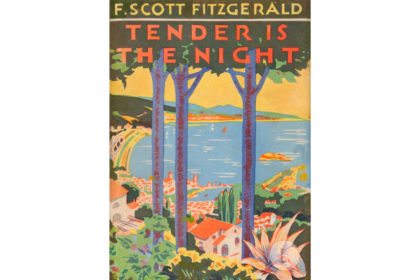A Clash of Kings, the second installment in George R.R. Martin’s A Song of Ice and Fire series, continues the epic saga of political intrigue, war, and supernatural forces introduced in A Game of Thrones. Set in the sprawling, intricate …
George R. R. Martin: A Clash of Kings










